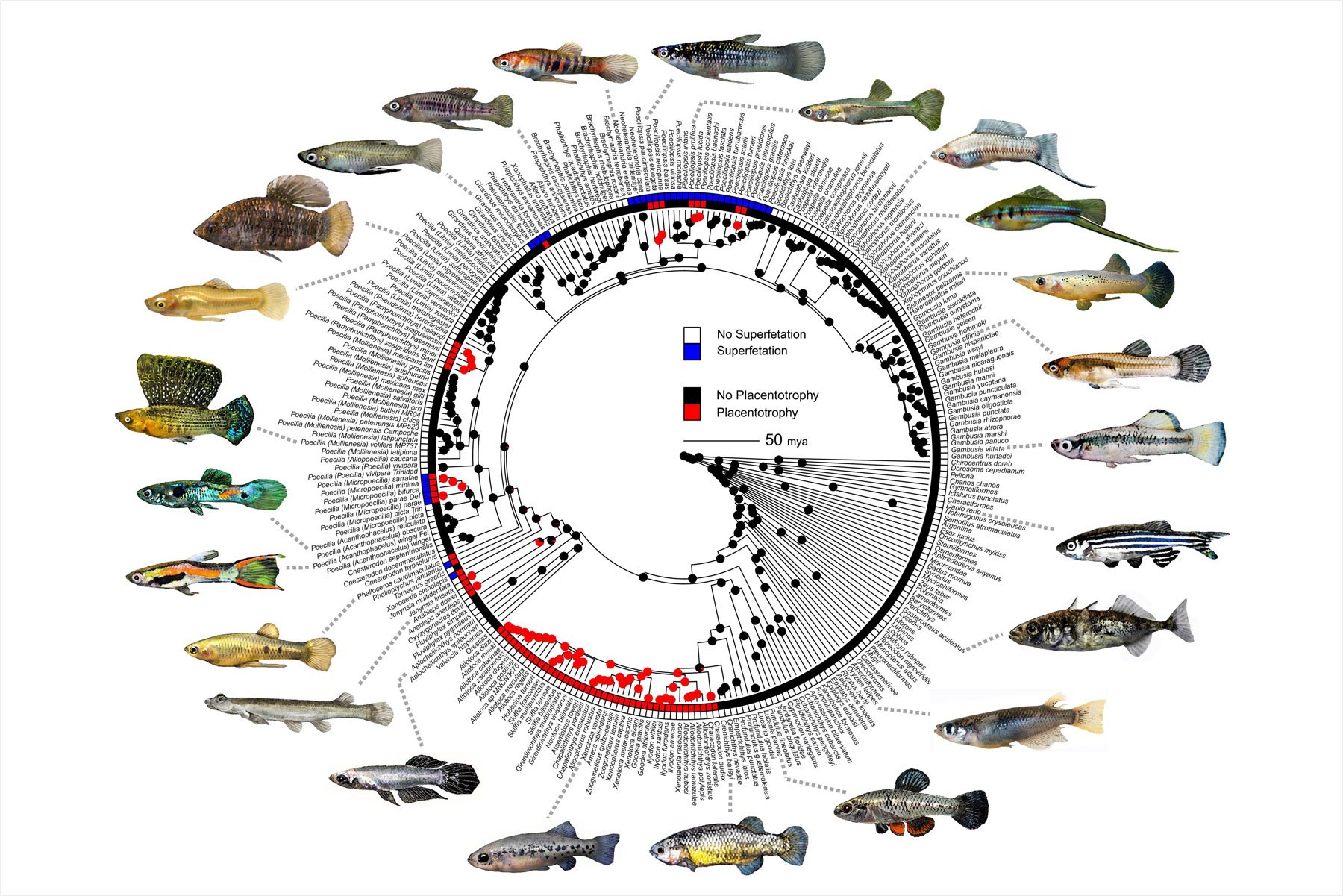How humans and chimpanzees travel towards a goal in rainforests
The human ranging style is unique among hominoids. The Mbendjele BaYaka people move from camp to camp every few months, and thus have a large lifetime range of approximately 800 square meters. Human foragers collect food and take it back to their camp to process and share. Furthermore, the Mbendjele BaYaka have created a trail … Read more









